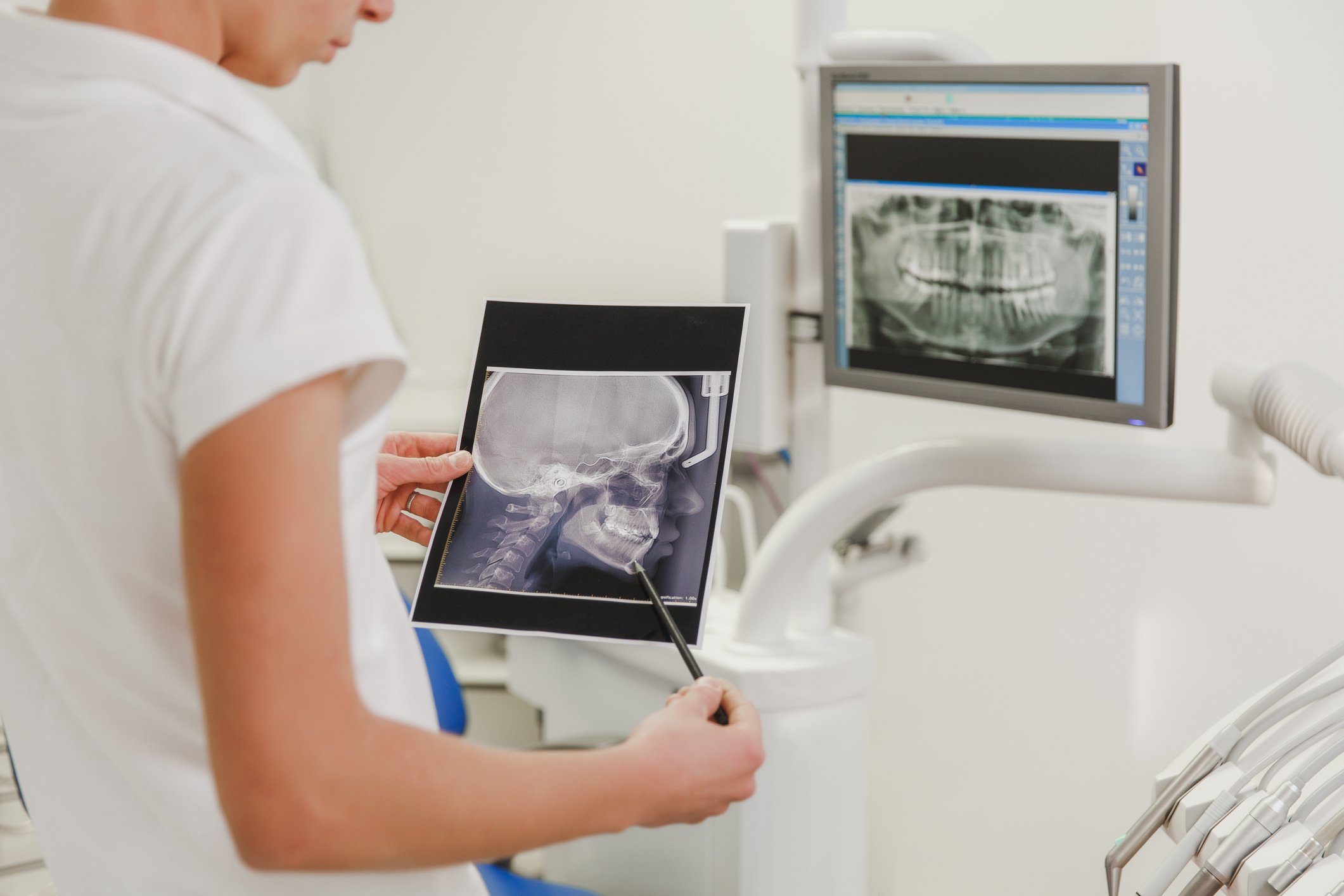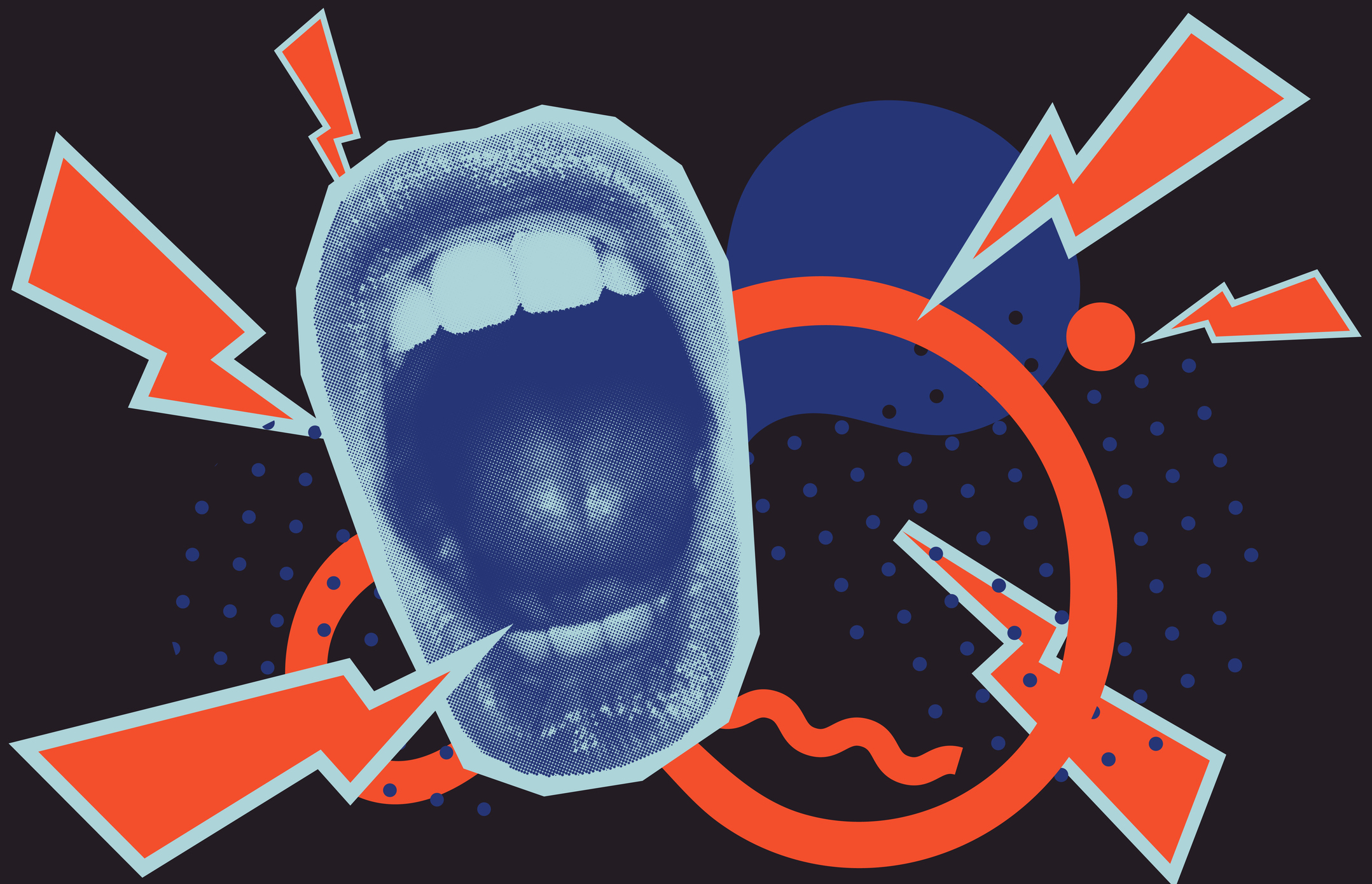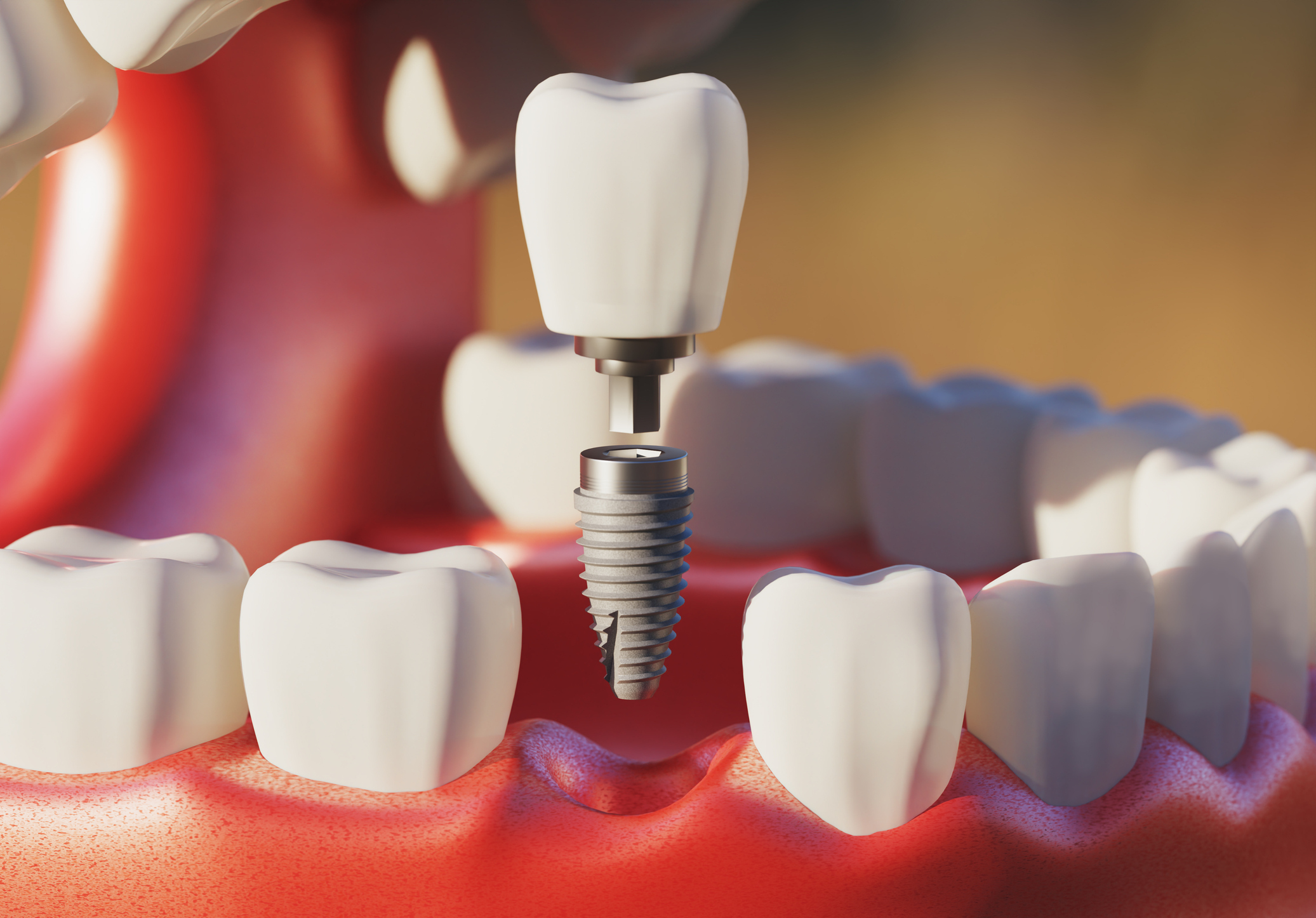Facial trauma doesn’t just cause visible injuries — it can disrupt the way your teeth and jaw work together.
Even a seemingly minor fall, accident, or sports injury can shift your bite or alter jaw alignment, leading to long-term issues with chewing, speaking, and facial balance.
According to the American Association of Oral and Maxillofacial Surgeons (AAOMS) , injuries to the jaw and face often require specialized care to restore both function and appearance. Without prompt evaluation, these changes may worsen over time, resulting in chronic discomfort and more complex corrective treatment.
“If you or a loved one suffer a facial or mouth injury requiring a trip to the emergency room, you should consult with an oral and maxillofacial surgeon. With their background and training, OMSs are the specialists uniquely qualified to deal with these types of injuries,” says AAOMS.
What Is Facial Trauma?
Facial trauma refers to any injury affecting the bones, soft tissues, or teeth of the face and jaw. These injuries can happen suddenly and in a variety of ways, including:
- Motor vehicle collisions.
- Sports impacts.
- Workplace accidents.
- Slips, trips, and falls.
- Physical assaults.
The severity of facial trauma can range from small soft tissue injuries to complex fractures of the jawbone, cheekbone, or upper jaw. Some cases require immediate emergency treatment, while others may seem mild at first but lead to functional problems as swelling subsides and healing progresses.
One of the most common — and often overlooked — complications after a facial injury is a change in how the upper and lower teeth meet. Even small shifts in jaw position can affect chewing efficiency, cause joint strain, and alter facial symmetry.
Why Your Bite and Jaw Alignment Matter
Your bite (called occlusion) isn’t just about how your teeth look when you smile — it’s a precise relationship between your upper and lower teeth, the supporting jawbones, and the temporomandibular joints (TMJ) that connect your jaw to your skull.
When this balance is disrupted, even slightly, it can affect far more than your appearance.
A properly aligned bite allows you to:
- Chew efficiently and comfortably.
- Speak clearly without strain.
- Avoid unnecessary stress on the jaw joints.
- Prevent uneven wear or damage to teeth.
After facial trauma, these functions can be compromised. Changes in jaw alignment may develop immediately after an injury or emerge gradually during healing, making them harder to detect.
Left untreated, misalignment can contribute to chronic pain, headaches, tooth damage, and long-term changes to facial symmetry.
How Facial Trauma Can Disrupt Jaw Alignment
Facial trauma can affect the bite and jaw in several ways:
- Fractures of the Jawbone
A broken jaw can heal in a slightly different position than before the injury. If the fracture isn’t set and stabilized properly, it can cause a permanent shift in how your teeth meet.
- Damage to the Temporomandibular Joint (TMJ)
Even if the jawbone isn’t fractured, trauma can injure the delicate cartilage and ligaments in the TMJ. This can result in stiffness, pain, or changes in the jaw’s range of motion — all of which can alter alignment.
- Tooth Loss or Damage
Losing teeth from trauma changes how your bite fits together. If those teeth aren’t replaced quickly, the surrounding teeth may shift into the gap, further disrupting alignment.
- Soft Tissue Swelling and Scarring
Injury to facial muscles and connective tissue can cause swelling and scarring that subtly pull the jaw out of its natural position over time.
- Asymmetrical Healing
If facial bones heal unevenly, it can cause a tilt or shift in the jaw, affecting both bite and appearance.
Signs Your Bite May Have Changed After an Injury
Sometimes bite and jaw alignment problems appear immediately after an accident. Other times, they develop gradually during the healing process. Common warning signs include:
- Your teeth don’t feel like they “fit” together anymore.
- Chewing feels awkward or uncomfortable.
- You notice more frequent jaw popping or clicking.
- You experience new headaches or facial pain.
- One side of your face feels tighter or looks different.
- You have difficulty opening or closing your mouth fully.
If you notice any of these symptoms after facial trauma, you should schedule an evaluation with an oral and maxillofacial surgeon as soon as possible.
Why Timing Is Critical
The earlier bite and jaw alignment issues are diagnosed, the easier they are to treat. Delaying evaluation can make the problem worse — bones and soft tissues may heal in the wrong position, requiring more complex surgery to correct.
Immediate assessment after a facial injury is important for several reasons:
- Accurate Diagnosis: Advanced imaging (such as CT scans) can detect subtle fractures or joint damage.
- Better Healing: Early intervention ensures that bones heal in the correct alignment.
- Less Invasive Treatment: Minor shifts can often be corrected with splints or orthodontics if caught early, rather than requiring major surgery later.
How Oral and Maxillofacial Surgeons Treat Bite and Jaw Problems
At Northwest Oral & Maxillofacial Surgery, our team specializes in diagnosing and treating facial trauma to restore both function and appearance. Treatment plans are tailored to the severity of the injury and the patient’s needs, and may include:
- Jaw Fracture Repair
Fractures are stabilized with plates, screws, or wires to hold the jaw in its correct position during healing.
- TMJ Treatment
If the joint is damaged, therapies may include medication, physical therapy, splints, or in severe cases, surgical repair.
- Tooth Replacement
Dental implants, bridges, or other restorations can replace missing teeth and help maintain proper bite alignment.
- Orthognathic (Jaw) Surgery
In cases where the jaw has healed in a misaligned position, corrective jaw surgery can realign the bite and restore symmetry.
- Soft Tissue Repair
Reconstructive procedures can address scarring or muscle damage that affects jaw movement.
Living With Post-Trauma Bite Changes
Even after treatment, some patients may need ongoing care to maintain jaw health and function. This can include:
- Regular checkups with your oral surgeon.
- Physical therapy for jaw mobility.
- Nightguards to prevent teeth grinding (bruxism).
- Orthodontic adjustments
The goal is to restore your bite as close as possible to its pre-injury state — or, in some cases, to improve it beyond what it was before the trauma.
Protecting Yourself from Facial Trauma
While accidents can’t always be prevented, you can reduce your risk by:
- Wearing a helmet during biking, motorcycling, or contact sports.
- Using a mouthguard for sports with high risk of impact.
- Installing fall-prevention measures at home.
- Practicing workplace safety protocols.
Facial Trauma is Often More than Surface Level
Facial trauma is more than a surface-level injury — it can disrupt the complex relationship between your teeth, jaw, and facial structure.
Changes to your bite and jaw alignment may seem minor at first, but without proper diagnosis and treatment, they can lead to lasting discomfort and functional problems.
If you’ve experienced a facial injury — and have questions about your bite or jaw alignment — it’s worth scheduling an evaluation with a board-certified oral and maxillofacial surgeon. At Northwest Oral & Maxillofacial Surgery, we have the expertise, technology, and experience to restore both function and appearance after facial trauma.
If you suspect your bite or jaw alignment has changed after an injury, contact Northwest Oral & Maxillofacial Surgery today to schedule a comprehensive evaluation.






